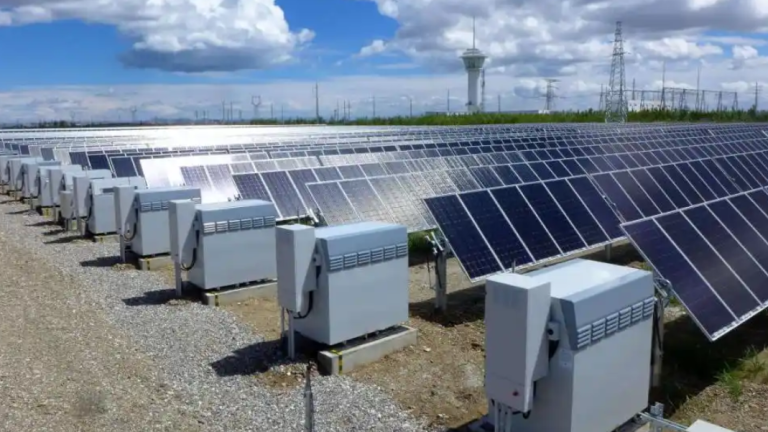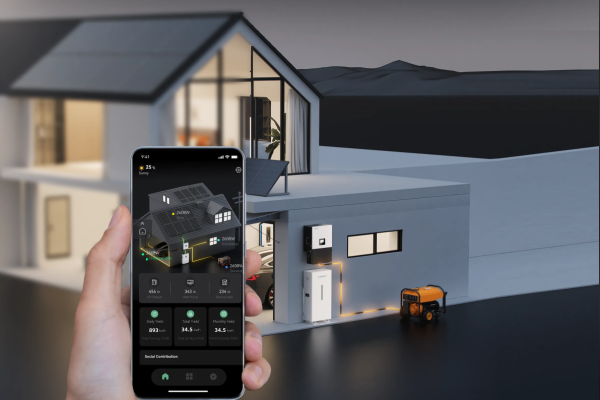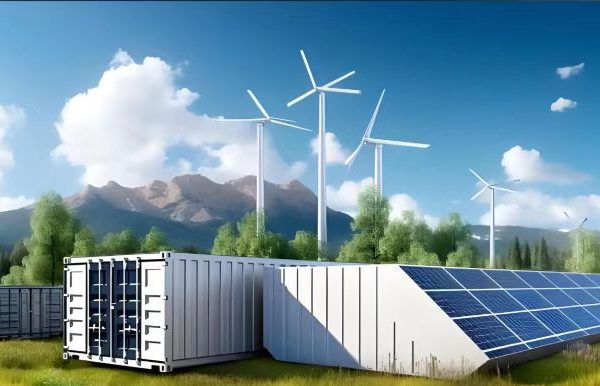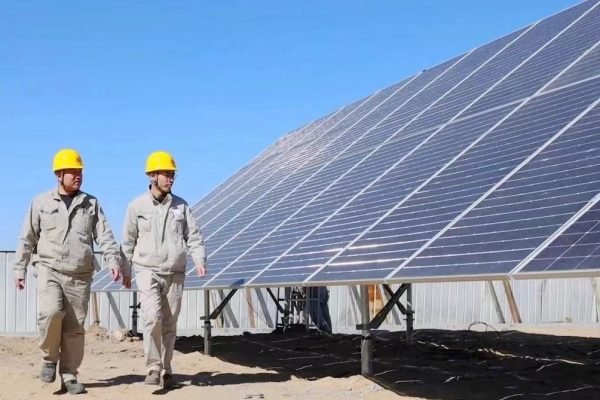Introduction
Inverter procurement may seem simple—just choose a product, place an order, and arrange shipment. But for small-to-medium sized energy system integrators or solar+storage project owners, it’s rarely that straightforward.
With a crowded market full of OEM brands, ODM factories, scattered specs, and unclear compatibility, making the wrong procurement decision can cost thousands—both in direct losses and project delays.
This is where a technical sourcing partner can make a meaningful difference.
In this article, we’ll break down the five major ways a sourcing partner helps optimize your inverter procurement strategy, save money, and increase project success—especially when you’re working with hybrid or storage-based energy systems.
1. Why Small & Medium Buyers Struggle with Inverter Sourcing
You might think choosing an inverter is mostly about price and power rating—but reliability, compatibility, certification, and after-sales support are equally critical.
Common challenges SMEs face:
- ❗ Too many brands, unclear product differentiation
- ❗ Confusion between hybrid, on-grid, and retrofit inverters
- ❗ Lack of local grid code compliance (G99, UL1741, NRS, etc.)
- ❗ Protocol mismatches with BMS/EMS systems
- ❗ High MOQs from factories (50–100 units)
- ❗ Language barriers with Chinese OEM/ODM suppliers
🔍 Case example: A Nigerian distributor purchased 20 hybrid inverters online from 3 different brands. After arrival, 12 units couldn’t communicate with local lithium battery packs due to protocol mismatches—wasting 2 months of project time and re-shipping costs.
2. Avoid Costly Compatibility Mistakes with a Technical Sourcing Partner
One of the biggest hidden costs in inverter procurement is incompatibility—with batteries, solar input, communication protocols, or local grid standards.
A qualified sourcing partner helps you:
✅ Pre-validate key specs:
- Battery communication protocols (RS485, CAN)
- EMS/BMS compatibility (e.g., with CATL, Pylontech, BYD)
- MPPT voltage windows that match your PV array
- Grid-code certifications required in your market
✅ Provide a shortlist of proven pairings:
- Inverter + LFP battery combinations that already work
- Protocol-matched components with field-tested performance
- Products with successful export history to your country
💡Tip: For hybrid inverter sourcing, always confirm both PV voltage range and battery protocol library. Many brands claim “universal compatibility” but support only 4–5 battery types.
3. Reduce Costs with Split Orders and Freight Consolidation
A common problem for small projects is the Minimum Order Quantity (MOQ). Many inverter factories require 50–100 units per model for direct pricing. But your project may only need 5–20 units.
Here’s how a sourcing partner can solve this:
📦 Strategy 1: MOQ Pooling
- Combine your order with others in the same sourcing cycle
- Access factory pricing at low volume
🚢 Strategy 2: Freight Consolidation
- Mix inverter + battery + accessories in one container
- Reduce per-unit freight costs significantly
- Allow factory-direct pickup from multiple suppliers
🧮 Example: A Philippines-based EPC sourced 10 hybrid inverters + 12 battery modules through a sourcing partner. Consolidated sea freight saved ~$1,800 compared to two separate LCL shipments.
🔧 Bonus: Add-ons like:
- PV connectors, breaker kits, monitoring accessories
- All packed, labeled, and palletized in one go
✅ Result: Simplified import, fewer suppliers, lower risk
4. OEM vs ODM: Should You Go Generic or Custom?
Many inverter suppliers offer two options:
| Model | What It Means | Typical Use |
|---|---|---|
| OEM | Factory product sold under buyer’s brand | Ideal for distributors who want branding without R&D |
| ODM | Custom product designed by buyer + factory | Requires technical input and MOQ, ideal for scale-ups |
But which should you choose?
🟢 When to choose OEM:
- You want fast time-to-market
- Your brand matters in local market
- You don’t need deep software changes
- MOQ is achievable (some factories accept 20–50 units)
🔴 When ODM is not suitable:
- If you lack engineering team for design oversight
- If your budget doesn’t allow trial runs or mold costs
- If project timeline is under 3–6 months
🧠 Smart strategy:
Let the sourcing partner pre-select reliable OEM products, then:
- Add private-label branding (nameplate, packaging)
- Offer basic customization (Wi-Fi dongle, display language)
- Skip unnecessary software modifications unless needed
🔍 Case: A South African solar wholesaler used an OEM 5kW hybrid inverter model and branded it as “SunVolt-S5”. With just 50-unit MOQ, they got full brand control—no tech headaches.
5. Full-Cycle Value: From Sourcing to Delivery to Technical Support
The best sourcing partners don’t just help you place orders—they create a closed-loop service that increases long-term project success.
Here’s what a full-stack sourcing process looks like:
| Stage | What Sourcing Partner Does |
|---|---|
| Pre-sale | System selection support, protocol matching, certification advice |
| Quotation | Cross-brand cost comparison, bundled pricing |
| Order planning | MOQ optimization, split invoicing, inventory forecast |
| Logistics | Freight consolidation, export docs, HS code check |
| After-sales | Remote support contact, warranty claim coordination, firmware guide |
✅ For overseas clients, sourcing agents also help with:
- Local certification paperwork
- Power system drawings
- End-user manual localization
📌 Important: Don’t just buy a box—buy a solution. Choose partners who understand the entire lifecycle of inverter deployment.
Conclusion: Sourcing Partners Drive Real ROI in Inverter Procurement
In the competitive solar and energy storage market, small mistakes in inverter sourcing lead to big costs. For SMEs and project owners without deep technical teams, a sourcing partner is not just a middleman—it’s your risk manager, cost optimizer, and solution architect.
Here’s how they save you thousands:
- 💰 Avoiding compatibility failures
- 🚚 Reducing freight cost via consolidation
- 🛠 Helping you choose the right OEM/ODM path
- 🔁 Supporting full-cycle sourcing + delivery
🎯 Final advice: Work with partners who speak both engineering and logistics, and who understand the SME mindset—not just factory MOQ sheets.
By doing so, you don’t just get inverters. You get peace of mind.









